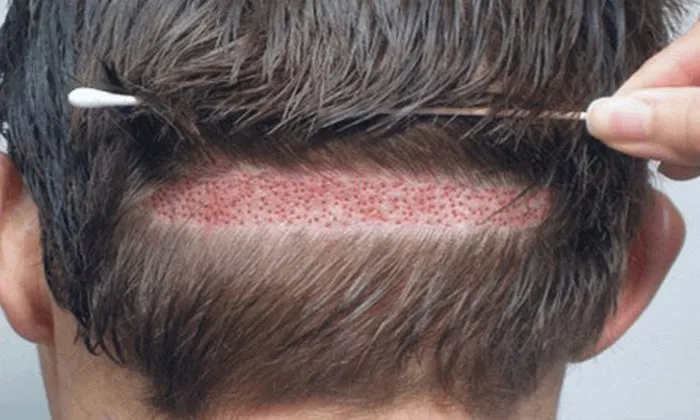Hair transplantation is a widely sought-after solution for individuals experiencing hair loss. The procedure involves moving hair follicles from a donor area to the recipient site, allowing for the growth of new, natural-looking hair. While the surgery itself is a significant step towards regaining a full head of hair, patients often wonder about the post-transplant phase, specifically, how long after a hair transplant does hair fall out. This article aims to provide a comprehensive overview of this aspect, shedding light on the natural progression of hair growth post-surgery.
The Initial Days: Post-Transplant Expectations
After a hair transplant, it’s entirely normal for patients to experience a phase of shedding in the initial weeks. This phenomenon is known as “shock loss,” and it might be disconcerting for individuals unaware of the process. Shock loss occurs as a response to the trauma induced during the transplantation procedure. The transplanted hair follicles enter a resting phase, leading to the shedding of existing hair. While this may seem counterintuitive, it is a crucial part of the regrowth process.
When Does the Shedding Begin?
Patients often inquire about the specific timeframe for post-transplant hair shedding. Generally, this shedding phase starts within two to four weeks after the surgery. However, the timing can vary among individuals, and some may notice it a bit earlier or later. The shedding typically peaks around the third or fourth week, but it’s important to remember that this is a temporary phase.
Why Does Hair Shed After a Transplant?
Understanding the reasons behind post-transplant hair shedding can help patients manage expectations and alleviate concerns. The trauma inflicted on the scalp during transplantation triggers a response in the hair follicles. This response leads to the shedding of existing hair, which is a natural part of the hair growth cycle. The shedding allows the transplanted follicles to enter a dormant phase before regenerating new, permanent hair.
Duration of Shedding: Patience is Key
Patience is crucial during the post-transplant shedding phase. While the initial shedding might be a cause for concern, it’s important to recognize that this is a temporary occurrence. The shedding phase typically lasts for a few weeks, with the majority of shedding occurring within the first month. Subsequently, patients can expect to see signs of regrowth as the transplanted follicles start to generate new hair.
Signs of Regrowth: Moving Beyond the Shedding Phase
As the shedding phase subsides, patients will gradually notice signs of regrowth. The emergence of new hair is a positive indication that the transplanted follicles are establishing themselves in the recipient area. Initially, the regrown hair may be fine and light in color, but it will gradually thicken and darken over time. Full results may take several months to become apparent, so maintaining realistic expectations is key.
Post-Transplant Care: Nurturing New Growth
While waiting for the full results of a hair transplant, patients can actively contribute to the success of the procedure through proper post-transplant care. Following the surgeon’s instructions regarding shampooing, avoiding excessive sun exposure, and refraining from strenuous activities can promote a healthy recovery and optimal hair growth.
Consultation with the Surgeon: Addressing Concerns
Patients experiencing anxiety or uncertainty about the shedding phase should not hesitate to consult their transplant surgeon. Reputable hair transplant clinics prioritize patient education and support, offering guidance and reassurance throughout the recovery process. Surgeons can provide valuable insights into the individual progression of hair growth, addressing specific concerns and offering personalized advice.
See Also: The Cost of Dr. Leonard’s Hair Transplant: A Quick Guide
Conclusion: A Journey to Natural Restoration
In conclusion, understanding how long after a hair transplant hair falls out is essential for individuals undergoing the procedure. The shedding phase is a natural and temporary aspect of the post-transplant process, signaling the transition of transplanted follicles into a phase of dormancy before regenerating new, permanent hair. Patience, proper post-transplant care, and open communication with the transplant surgeon are key elements in ensuring a successful and satisfying outcome. As the shedding phase gives way to the emergence of new, natural-looking hair, individuals can embark on a journey towards restored confidence and a fuller head of hair.


